The Low D key
The low D key is located on the long joint and is operated by the left thumb. The middle of the thumb is often used to press the low D key, but the pad of the thumb is used in certain passages. Keep your thumb soft and flexible and use the part that makes the music easiest.
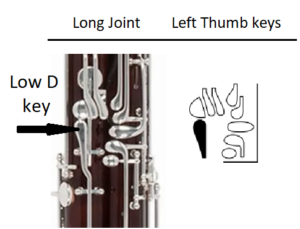
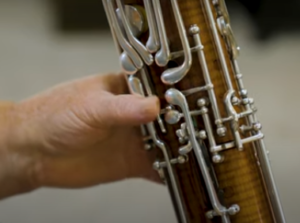
Fingering
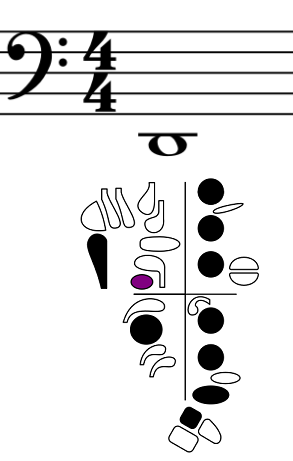
Reminder: The whisper key is optional on this note because the Low E/pancake key also moves the whisper-key pad to close the hole on the bocal nub. If leaving the whisper key down simplifies the technique just leave it down. If it makes the passage harder don’t use the whisper key for low E.
Intonation
Low D is the sharpest note on the instrument.
To fix this:
- “Hot pizza mouth” – create as much space as possible in your oral cavity.
- “AH” vowel with back of tongue as low as it can go.
- As much space between your back teeth as you can get.
- Extremely loose embouchure. Any unnecessary pressure will push the note up the octave.
Play Matching Pitch on low D to learn just how sharp low D can be and practice making these adjustments to bring the pitch down.
Learning Low D
For good response you also need to:
- Make sure the reed is soaked.
- Blow slow, warm air.
- Check reed tip opening – space between the blades needs to be the thickness of a nickel.
- Make sure you cover all holes completely.
- Make sure the reed is adequately soaked. A dry reed will not play low notes.
- Make sure your right pinky is on the low F key (not the F# or Ab).
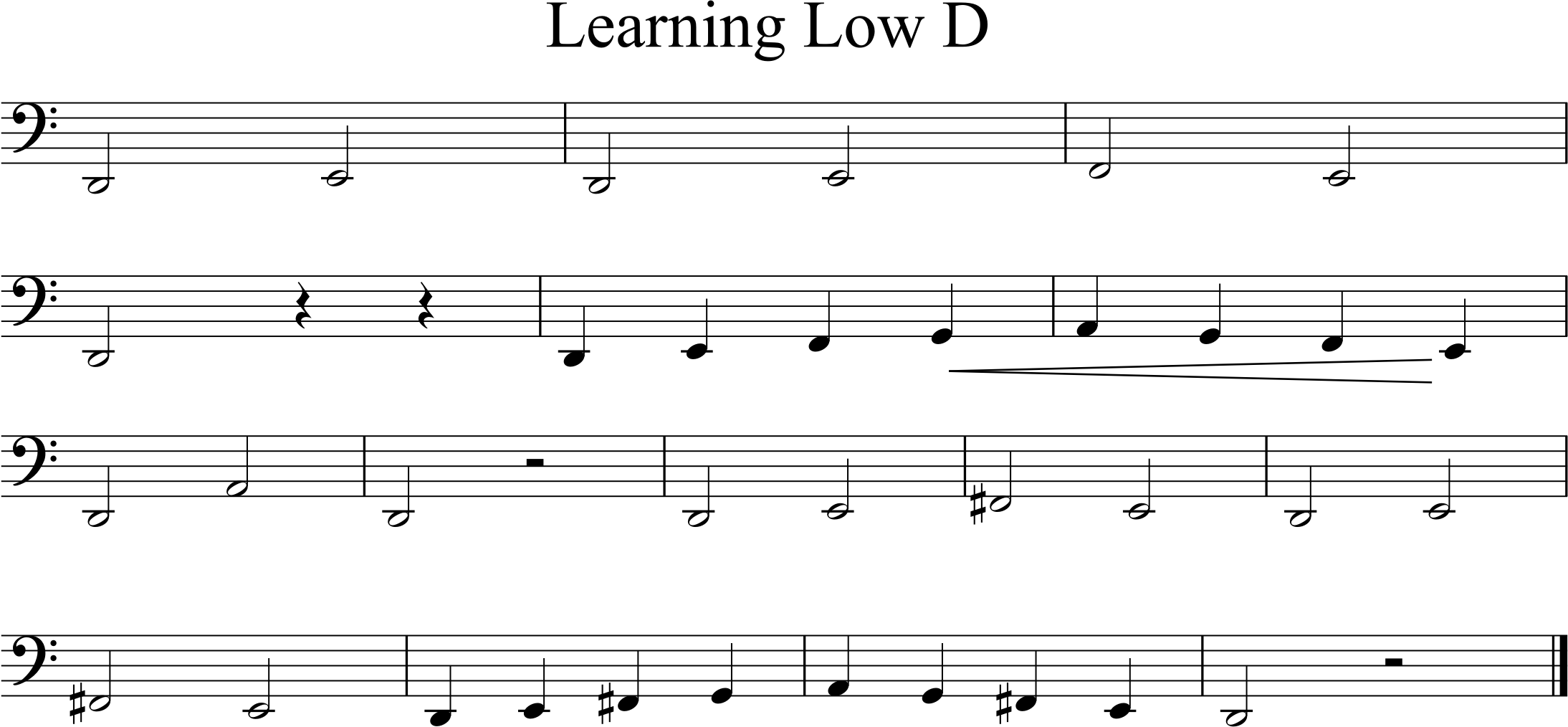

All Through the Night
This tune requires the use of both thumbs.
Left thumb: use the middle of your thumb to press the low D key and keep the end of your left thumb for all notes.
Right thumb: Use the back F# key for all F-sharps. Your thumb will have to slide directly from the F# key to the low E key for the slur down to low D in bars 2 and 14.

All Through the Night with finger reminders
_____ whisper key
(____) whisper key optional
_____ low E key
Amazing Grace
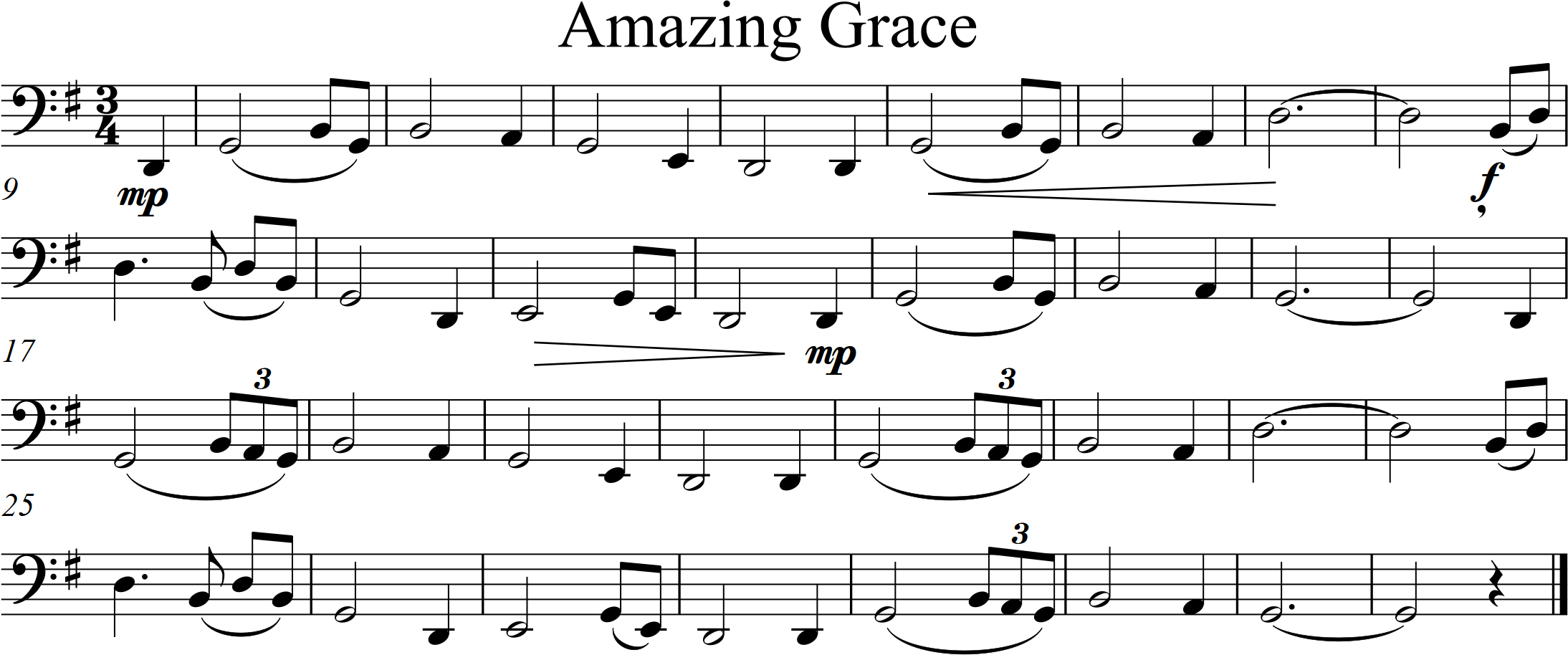




Feedback/Errata